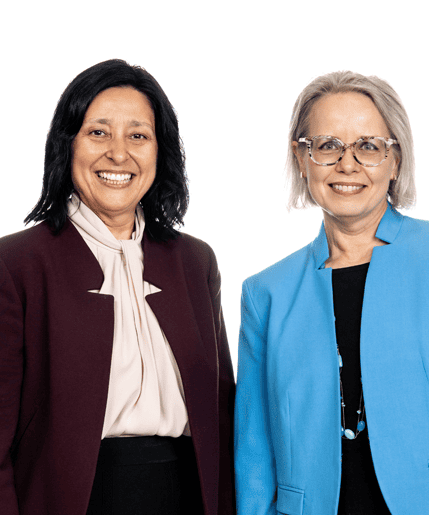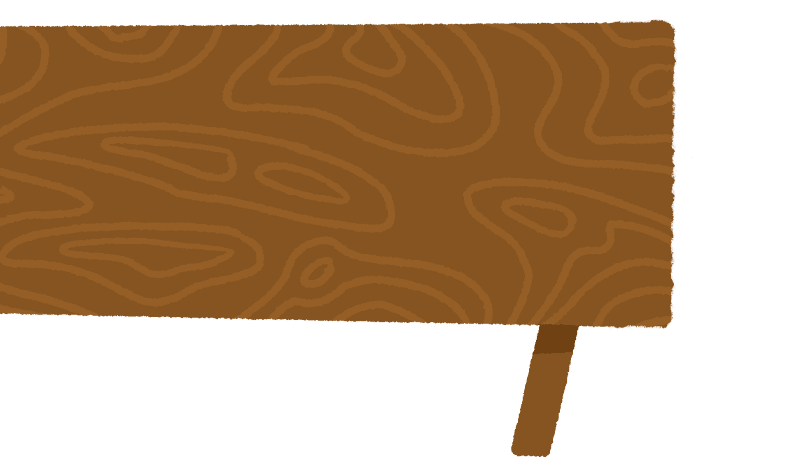

Saadet Andrews & Oana Caluseriu
When two siblings came to the Stollery Children’s Hospital with developmental delays and unusual facial features, doctors suspected a rare genetic disorder called Alazami Syndrome. Standard genetic tests failed to confirm the diagnosis, however, so they turned to the Translational Genomics Hub for help. Part of the Women and Children's Health Research Institute, the hub — or TGH — brings together experts from different areas of biology and genetics to solve genetic mysteries. The team evaluates the results of sophisticated gene-sequencing tests performed in the clinic. They do experiments in the lab to verify the findings in the hopes of identifying new genetic disorders, or variants of existing ones, to provide a diagnosis. “It offers an extra layer of possibilities — both for clinicians and researchers — to complete those complex genetic investigations,” says Oana Caluseriu, a clinical geneticist and associate professor in the Department of Medical Genetics. She leads the TGH in tandem with Todd Alexander, chair of the Department of Pediatrics. The mystery of the siblings — aged 9 and 17 — was ultimately solved by medical geneticist Saadet Andrews. She determined they have Alazami Syndrome from a gene variant not yet recorded in the medical literature. Once her findings are reviewed and published, she will be able to confirm her diagnosis for the family and update the specific variant in a public database to help medical geneticists all over the world. “It’s a very complex process, but once we convincingly demonstrate our findings, we will be able to work with the family to avoid the devastating outcomes that have ravaged so many lives." [UPDATE: Caluseriu, Andrews and their U of A colleague Anastasia Ambrose published their research in June 2025.] For those who have waited decades for answers, a genetic diagnosis comes as a relief, even if no treatment is available. It may allow families to access community supports for their loved ones, or prevent the disorder from recurring in their family tree. To date, about 7,000 genetic disorders have been clinically described globally, but not all have a gene attached or a cause established. “There is still a lot of work to do, and all of us are just adding one little brick at a time,” Caluseriu says. In the three years since it launched, the TGH has expanded the repertoire of tests it offers. This is good news for those still waiting for answers — like the large family with whom Caluseriu has been working to identify a fatal, genetic disorder that has afflicted five generations. After identifying a promising gene, she used an online platform — “kind of a dating app for researchers” — that matched her with colleagues from around the world who have found the same gene in their patients. She swiped right on a research group in Australia and a scientist in Calgary, and a fruitful collaboration ensued. “It has taken years and a lot of effort, but we are now getting ready to write the manuscript and describe a new genetic disorder,” she says. “It’s a very complex process, but once we convincingly demonstrate our findings, we will be able to work with the family to avoid the devastating outcomes that have ravaged so many lives. And the same will happen for any other family carrying the same faulty gene anywhere in the world who accesses a genetic service.” Since it launched in 2021, the Translational Genomics Hub has agreed to closely examine genetic data in 24 cases. Several are still in progress, but so far, the team has found three candidate genes which they suspect are related to a particular disease. The Translational Genomics Hub is supported by the Stollery Children’s Hospital Foundation through the Women and Children’s Health Research Institute.









Did you know?

